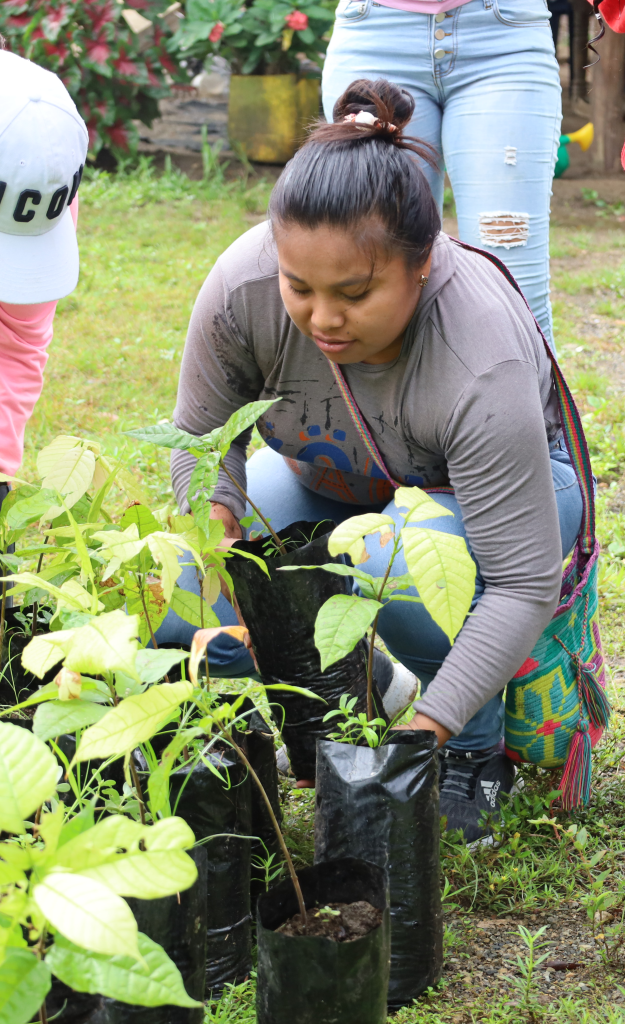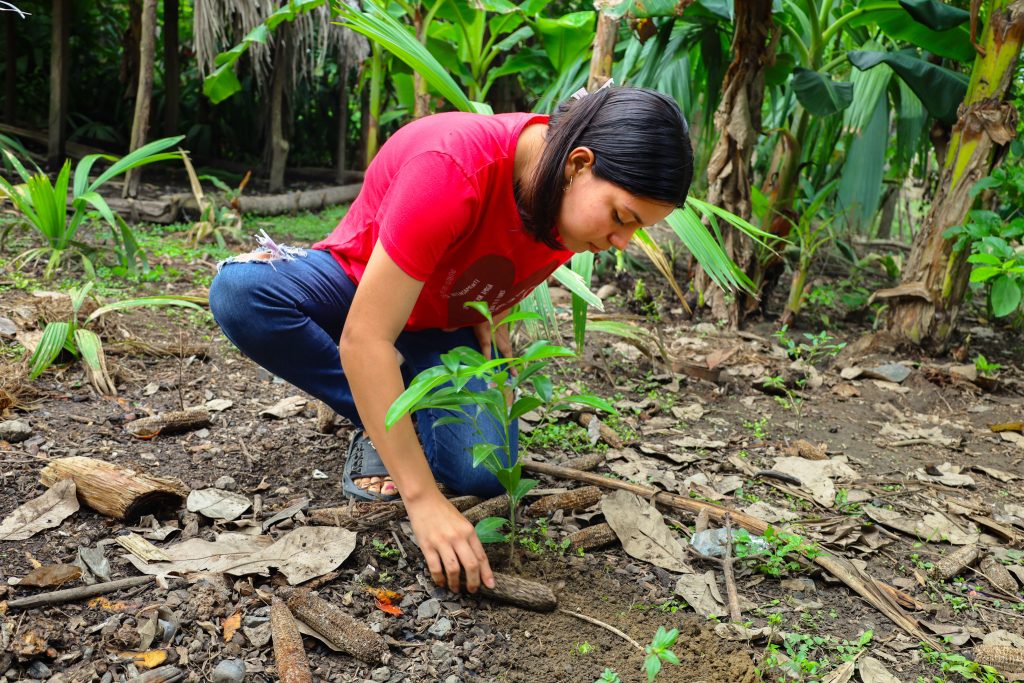USO DE NUESTROS MATERIALES EN EL MUNDO
- Colombia
- Ecuador
- Honduras
- Guatemala
- Panamá
- Costa Rica
- Bolivia
- Brasil
- Zambia
- Uganda
- Camerún
- República Democrática del Congo
- Kenia
- República Centroafricana
- Papúa Nueva Guinea
- Vanuatu
- Filipinas
- Camboya
- Malasia
- India


